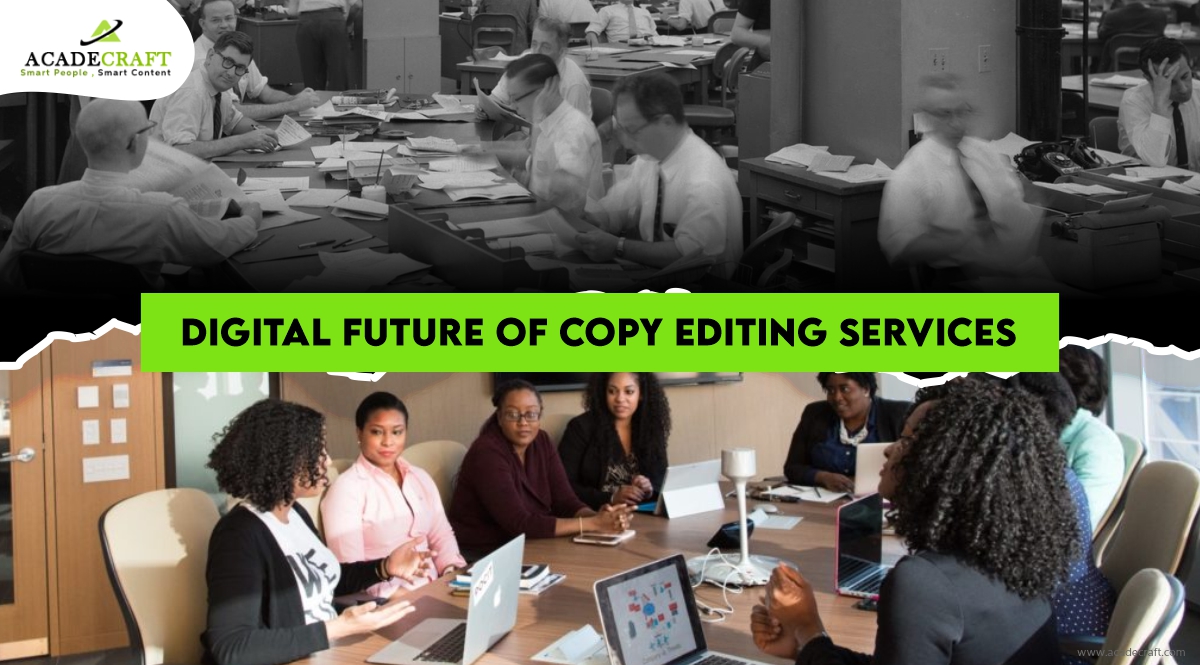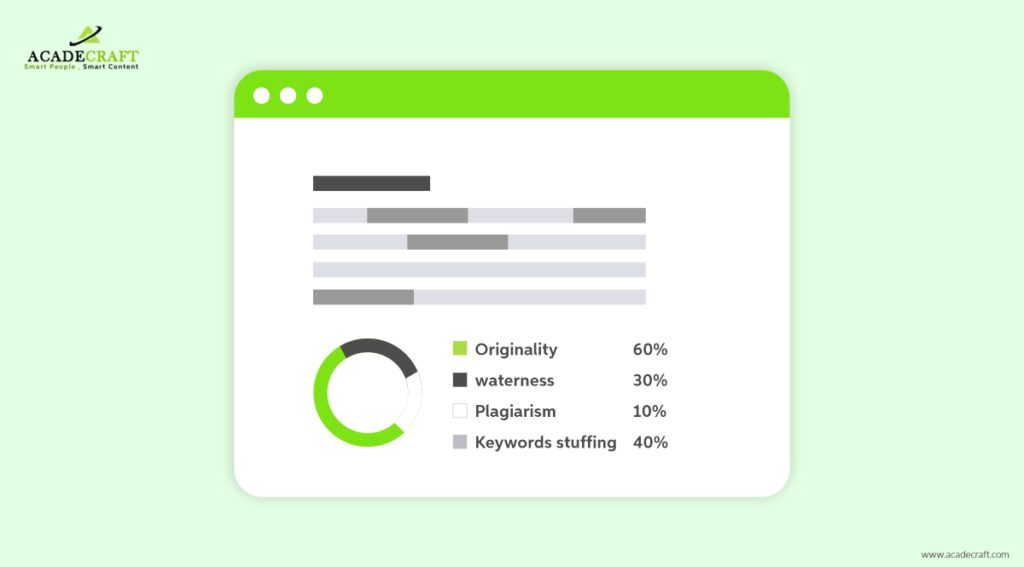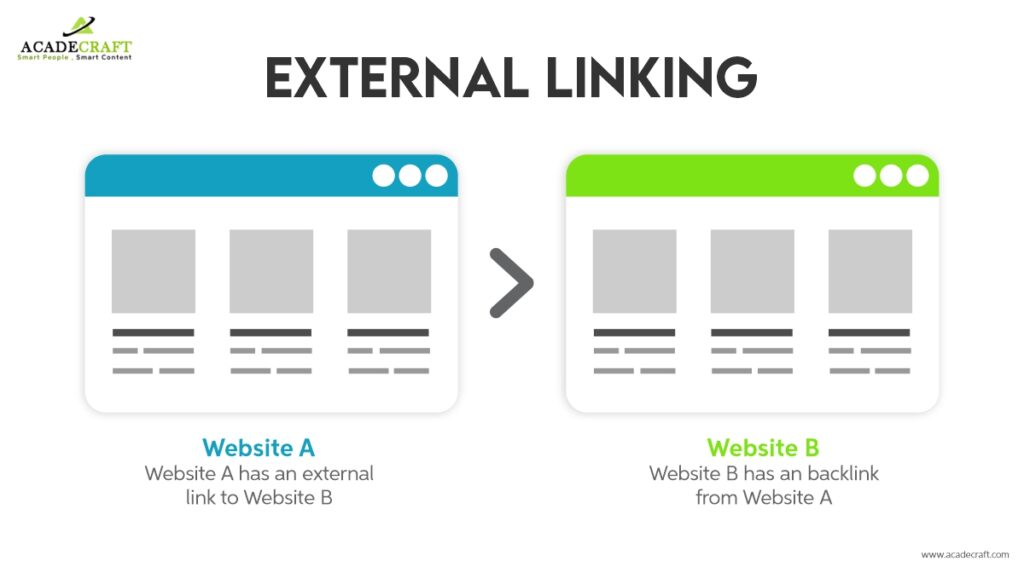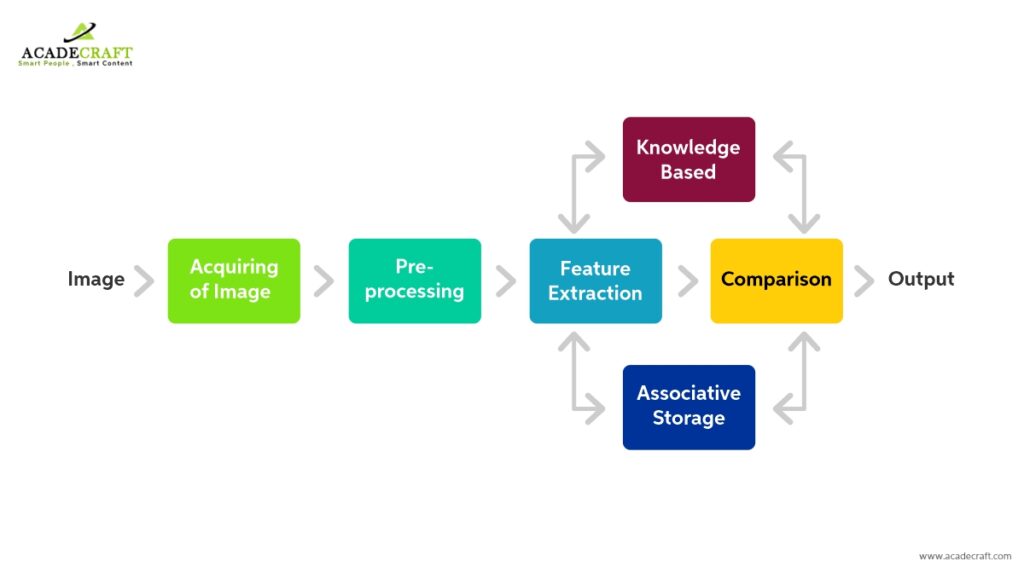
There was a time when copy editing services were delivered entirely from the newsrooms. The editors, back then, were more focused on proofreading, font setting, styling, and image setting. But with the implementation of digital publication, the work profile of copy editors has changed a lot. They now need to keep a track of the SEO guidelines, work with HTML tags, work on linking and alt text writing, along with some other functionalities.?
This change in work profile has brought fundamental changes in the tools and methods used in copy editing services. In this blog, we will discuss about 7 major changes that digital publishing has brought to copyediting.
The process of pagination for a digital content is quite different from that of a printed content. In printed content, the editors have a clear idea of how many words they can accommodate in a single page. So, they divide the number of pages accordingly. But in digital publication, especially for digital blogs and web pages, there is no fixed division of words per page. In that case, the editors need to coordinate with the web designers.

They test and verify the website structure, and deliver pagination services that would suit the website design. That is why, sometimes the web pages contain all the text on a single page, while sometimes, they open into new pages using some CTA buttons. The copy editors divide the content accordingly.
Nowadays, the editors use a lot of software tools for content editing. The likes of Grammarly, Microsoft word editor, and other tools have made the work very easy for them. But it was not the case a few years back. Back then, the editors needed to read each and every line multiple times to find out the errors. Still, there were chances of some errors being left out. But, use of software tools ensures a total error-free document.
But, there is a problem as well. Sometimes, the software tools show irrelevant edit suggestions. The editors need to apply their own discretion in such cases. Thus, now, the editors need to have equal expertise in editing as well as use of tools.
In digital publication, every content must be SEO friendly. There is no benefit of publishing the content if the viewers cannot view it. So, the digital copy editing services involve a lot of SEO-based content analysis as well. It is the copy-editor?s responsibility to make the content SEO-friendly.

For doing so, the copy-editors must keep a note of the following points:
Linking is becoming more and more relevant in the current times. And one cannot put any link anywhere, and generate a namesake backlink. The link must be relevant to the topic of the article. Also, the link must come naturally into the content. The editors should never forcefully insert any link into the article.
Proper linking generates quality backlinks. Also, if the links are placed in the right context, the readers can actually open the links to read the linked articles. This increases the visibility of the article over the internet.

Digital page layouts are a bit different from printed page layouts. While printed page layouts focus more on font styles, formatting, and font coloring, digital page layouts concentrate on designing every aspect of the page. From image distribution, color combination, to motion graphics, everything revolves around digital page layouts.
So, nowadays, the copy editors need to customize their content to suit the digital layouts. They need to check the word counts, make shorter sentences that fit the layout perfectly, and decide which part of the text needs to be kept static and which part will be kept dynamic. For this process, they need to have a good hold on Typography as well.
For any digital publishing, HTML and CSS tags are compulsory. For accurate delivery of digital copy editing services, understanding the basics of HTML and CSS are important. It helps them to understand the requirements from a designer?s point of view. Hence, they can deliver the most suitable content that perfectly aligns with the style and design of the page.
Otherwise, the copy editors might misunderstand the design, which may result in a slightly unstructured content.
Read: Copyediting and Proofreading : The Two Different Editing Error Forms
Earlier, the images were captured via a camera and were directly printed over the paper. The process was simple and hassle-free. But, publishing digital images is quite different. A lot depends on where the image is being published and who are the target audiences. Also, many times, even the older images are published on digital media. For doing so, one needs to do the required edits on the digital copy of the image, to make it suitable for republishing.
And the process of digital image processing is not that easy. Some of the images, especially the binary images, black and white images, and images with 32-bit color codes require specific technical expertise. That is why, the copy editors need to go through some specific training for this purpose.

With the new requirements in copy editing, the skill sets required in copy editing are also changing. Many companies are facing trouble in upskilling their copyeditors to match the level of expertise required. That opens up a new requirement for outsourcing copy editing services.
If your organization is also looking to outsource copy editing requirements, then Acadecraft is right here to help you out! Our experienced copy editors have good hold of the language as well as the domain of content. We have certified medical copy editors, technical copy editors, and legal copy editors as well. With double quality checks, and advanced copy editing tools, we deliver the best copy editing services in USA!????????????????????
Share